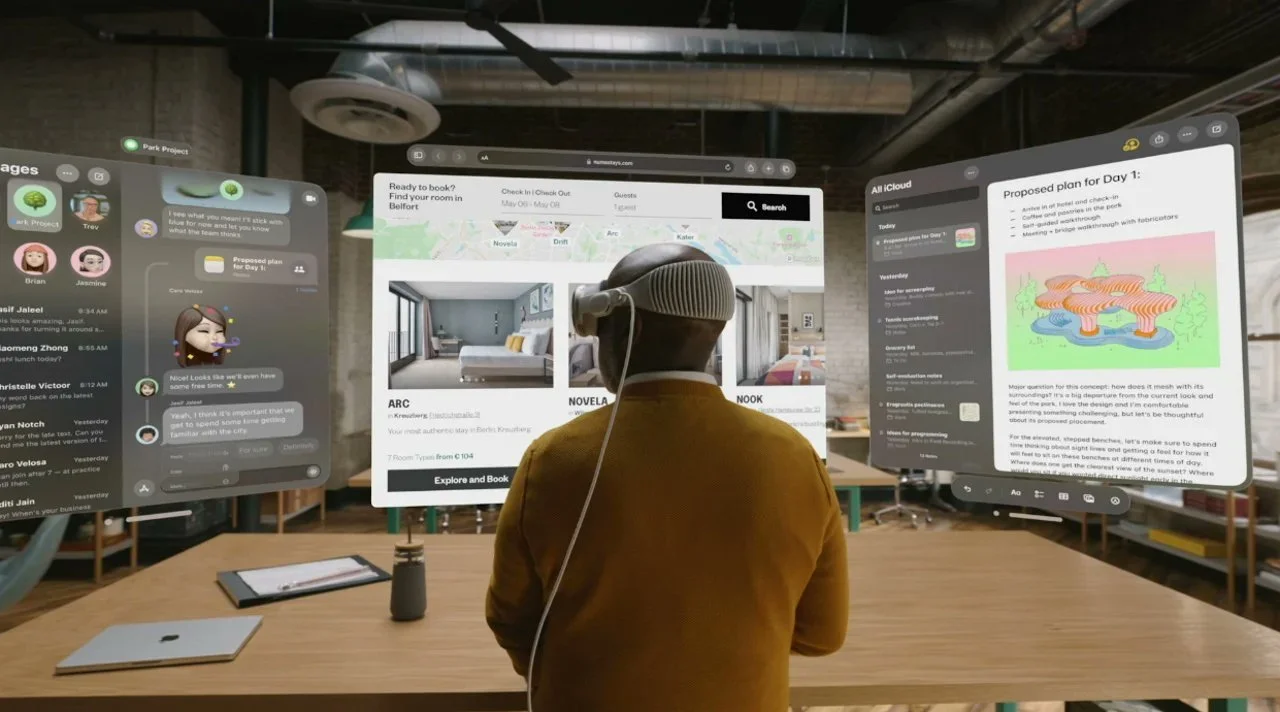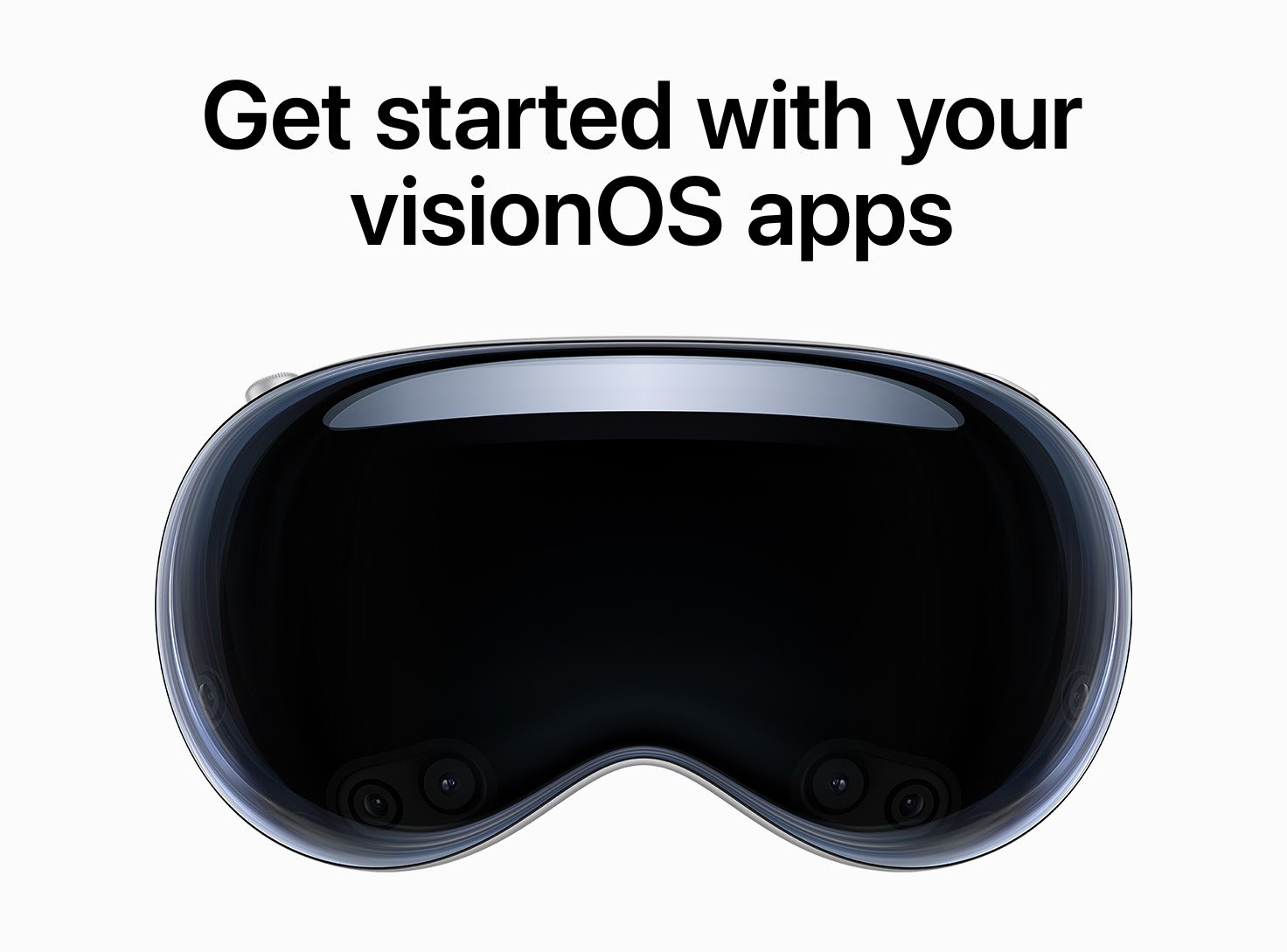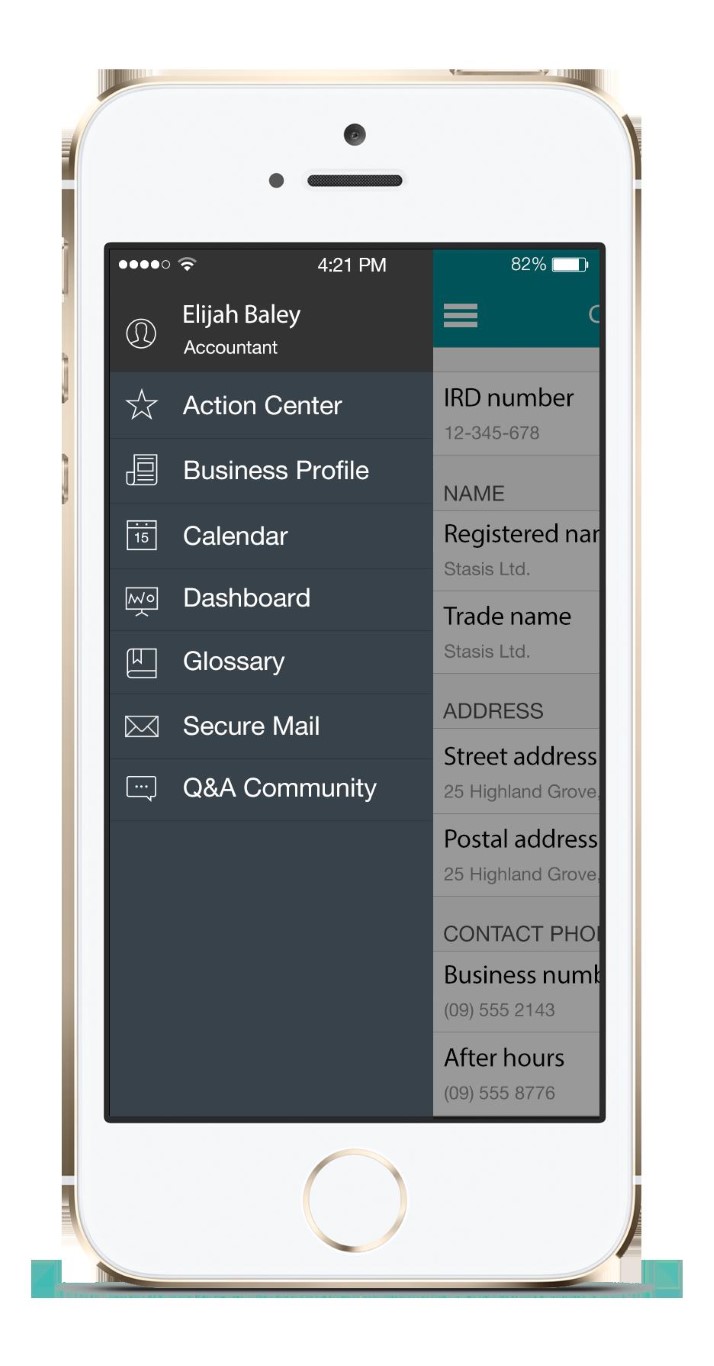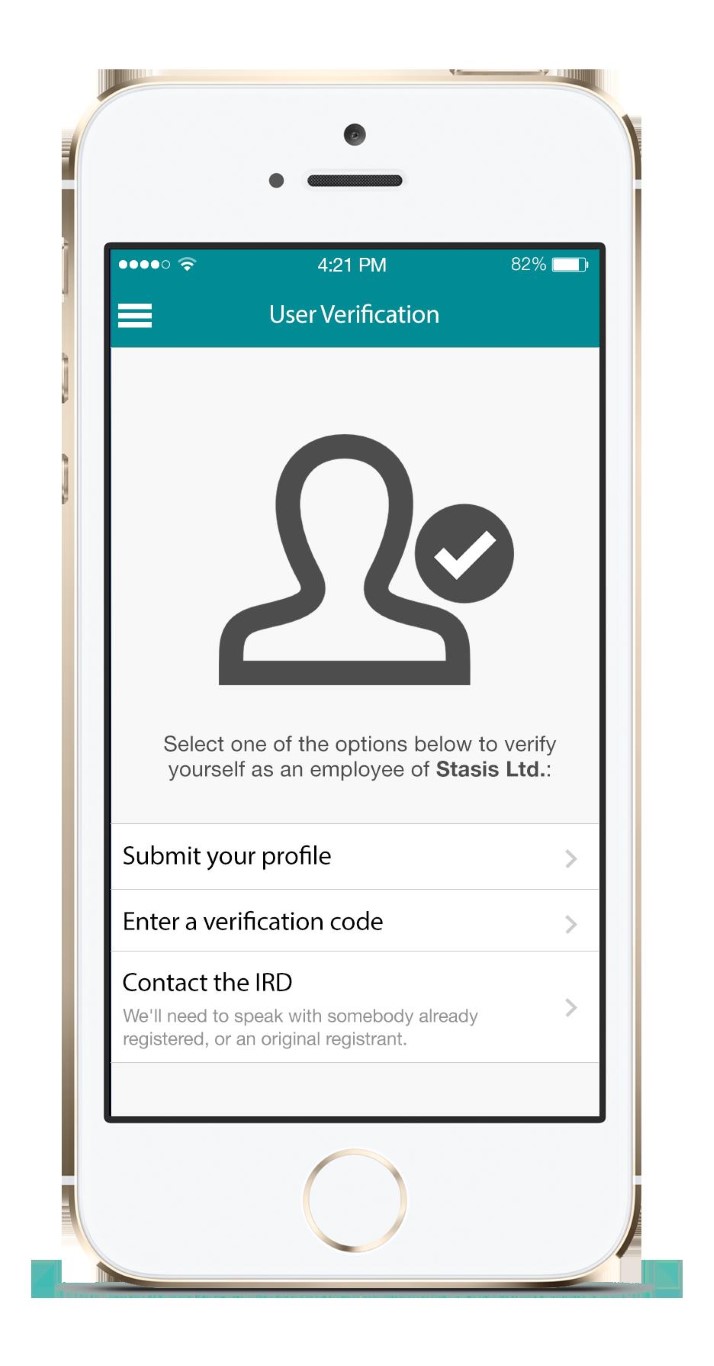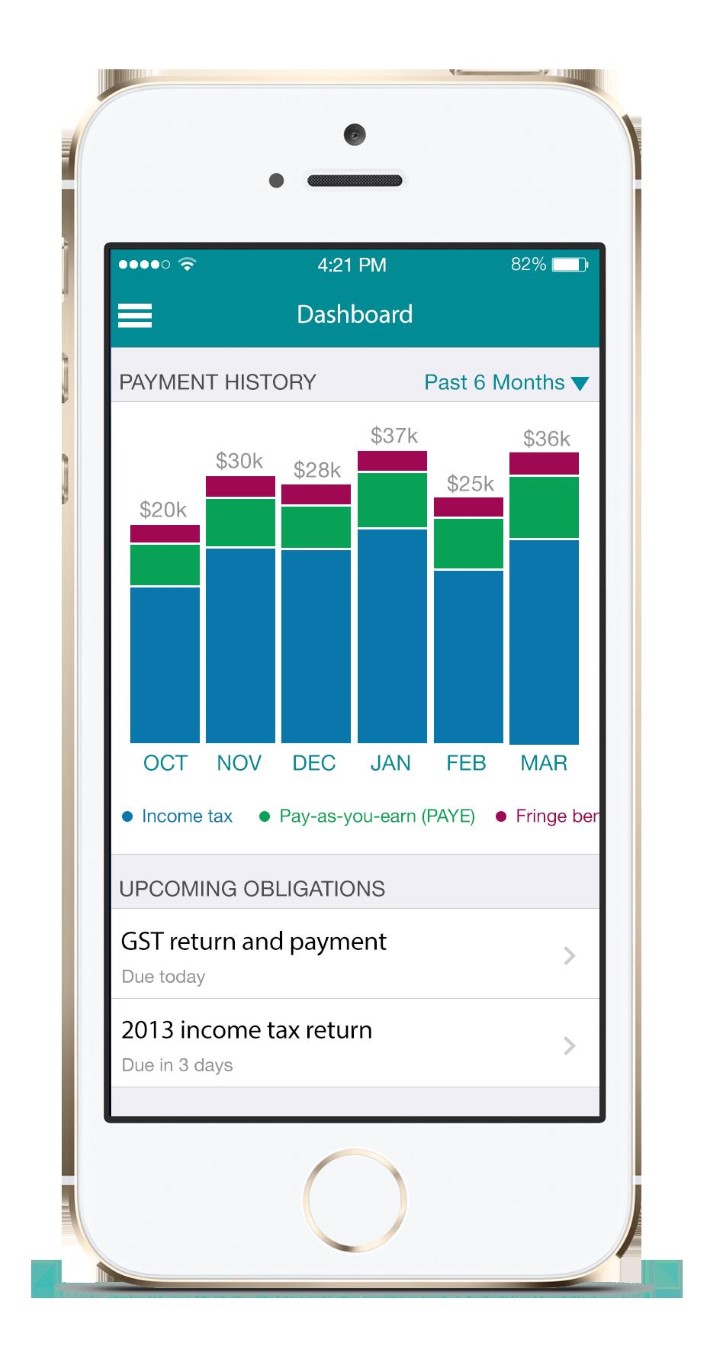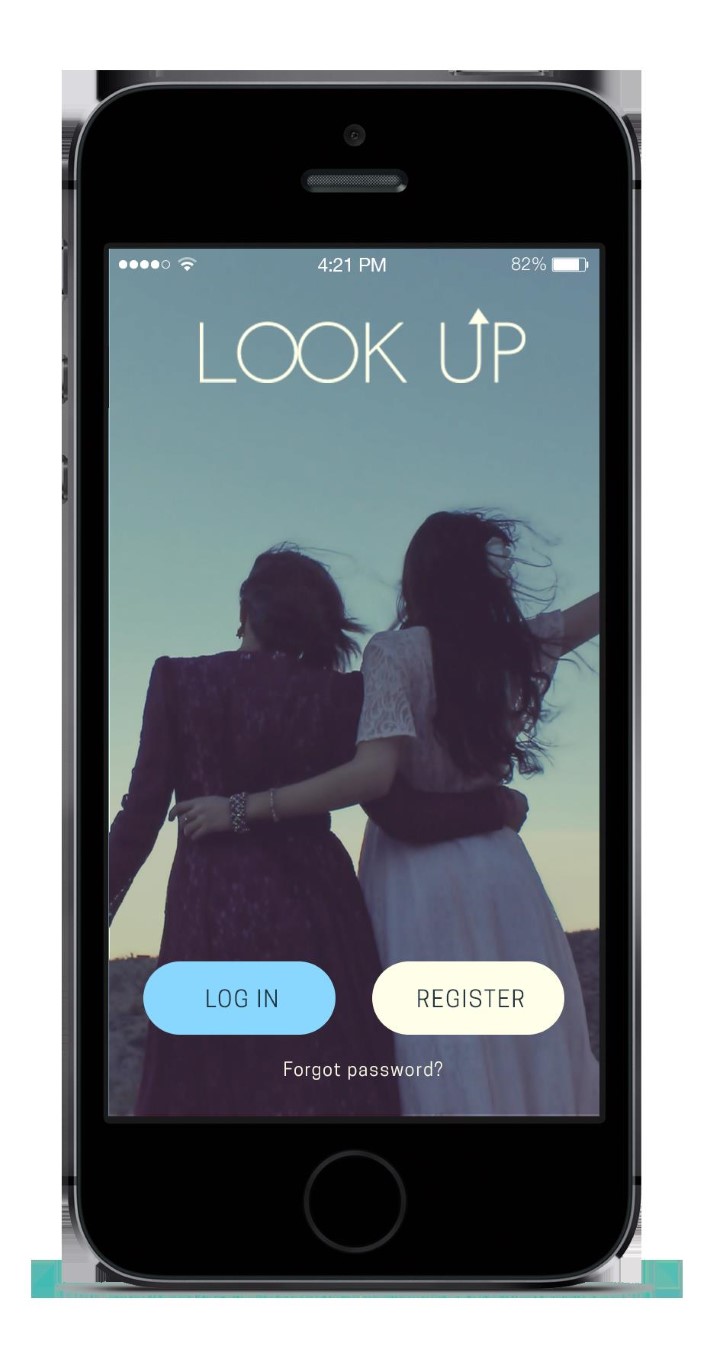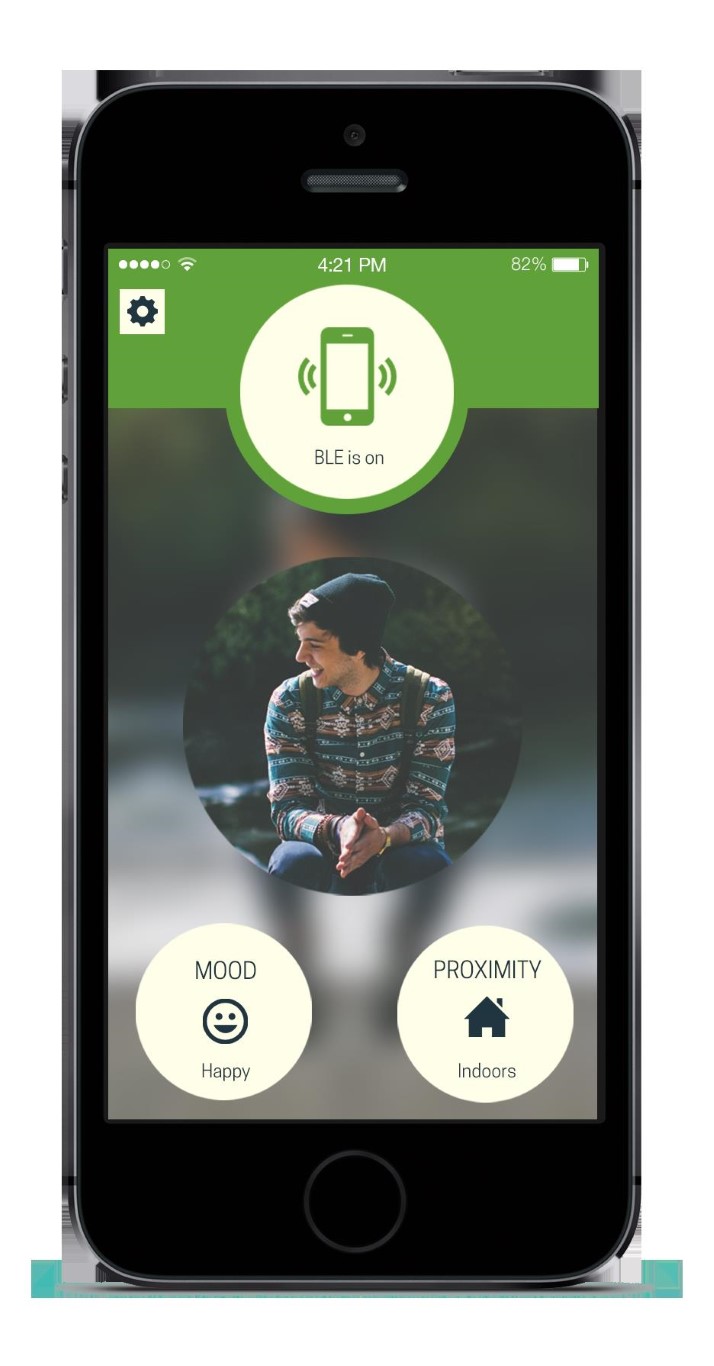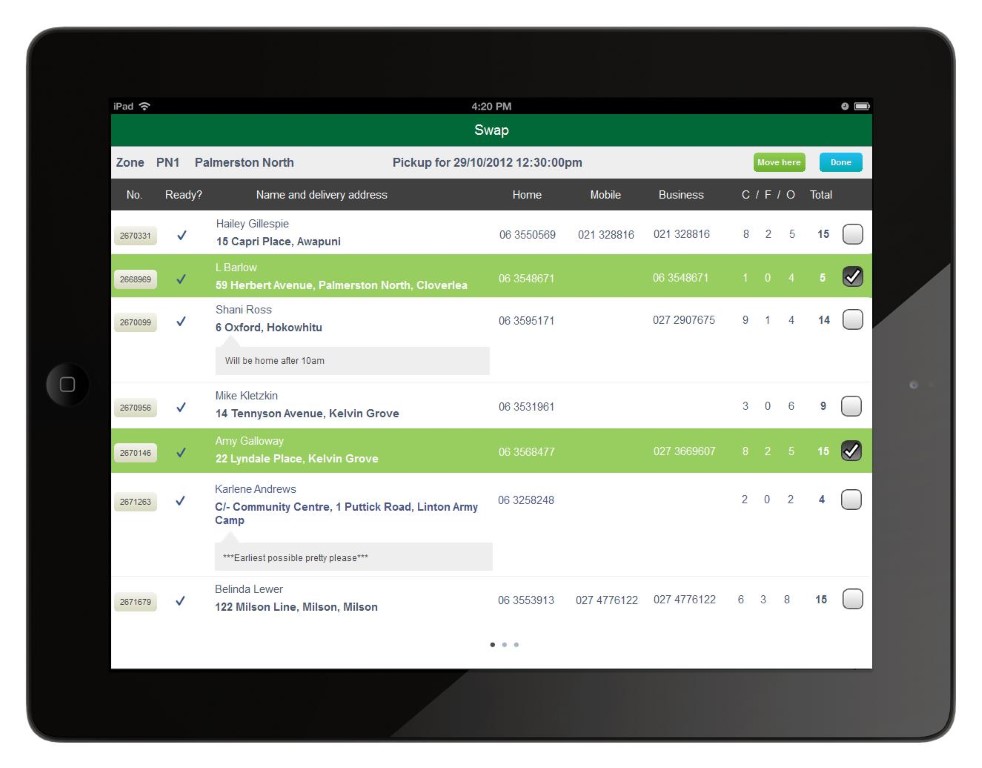Is it just a silly gadget for Apple fanatics? At US$3500, looking like something out of Black Mirror and lacking a ‘killer’ app, it’s easy to dismiss the new VR headset. However, I think there will be surprising uses in both business and personal life that will make headsets like this one more of a mass-market product over the next ten years.
Like most people, I watched Apple’s introduction of the Vision Pro VR headset at this year’s WWDC with a mixture of awe and meh. The technology allows for seamless control with just your eyes and hands — no additional controller required. The image is sharp; the projection onto the real world around you convincing. One demo viewer described a scene in which a dinasaur came through the room’s far wall, and a buterfly landed on his extended finger. Apple made a big deal of the headset’s ability to show users more - both in immersive entertainment and with extended displays for work productivity.
I can see the appeal of all this, and I love the idea of extended virtual displays, but I found I couldn’t get very excited about the Apple Vision Pro - or VR headsets in general - despite all the flashy demos. Every time I pictured myself using this device, I imagined how isolating it would feel from the space and indeed the people around me. This is not something I want, especially post-pandemic, let’s face it.
So maybe I still have some pandemic-related PTSD, but I dug a little deeper and thought back to the time I did own a VR headset for about two years. Living with it was not that interesting - it was just like the tech demos, there was one game I really enjoyed, and yes it did give me VR dizziness after continuous use. What was interesting is when I finally sold it, the person who came to pick it up was somebody completely unexpected.
I bought the headset for about $2000 just to experience the technology and to play a new VR title from an innovative game studio. The game had plenty of graphically immersive ‘wow’ moments, but honestly, the whole experience would have been more comfortable sitting at my desk instead of swinging controllers around the room. I finished the game and put the headset in the closet. For months it collected dust until once in a while a visiting friend would show some interest and we would laugh at the silliness of trying to pick up a bottle in virtual reality. It came time to sell it, and finding a buyer was not too difficult.
I expected the buyer to be a gamer or some kind of technology enthusiast, but to my surprise, a completely normal everyday Kiwi bloke turned up in a ute and explained that he was buying this for his company to do training for excavator operators in virtual reality. What a technologically progressive time we live in, I said to myself, while ordering Uber Eats later than night.
So where are we at with the Apple Vision Pro, and VR in general?
I would like to compare virtual reality to a sardine. Let me explain.
Whether on a pizza or at a restaurant, we’ve all had some small taste of sardines, and most people are not big fans. The early iterations of virtual reality left many underwhelmed, with clunky headsets, limited content, and a disconnect between what our eyes saw and what our bodies felt. It felt like an artificial and disjointed experience, far from the seamless immersion we had hoped for.
Apple has invited developers to start building apps for the Vision Pro.
But just like that exceptional sardine dish at a well-crafted restaurant (Alma in Auckland comes to mind), there are moments when virtual reality surprises us with its potential. As technology has advanced and developers have honed their skills, we've started to see glimpses of the true power and beauty that VR can offer. It has become clear that the key lies in finding the right balance of flavors, or rather, the perfect blend of technology, content, and user experience.
One of the significant advancements in virtual reality technology is the development of more comfortable and sleeker headsets. Furthermore, the content available for virtual reality has expanded exponentially as more creatives and third-party developers jumped in and brought their own ideas with them. This experimentation by a bigger and bigger group of ideators will lead to some surprising uses we haven’t yet imagined.
final thoughts
As virtual reality continues to evolve, its potential applications are becoming increasingly apparent. Industries such as healthcare, architecture, engineering, and entertainment are embracing VR as a valuable tool for training, design, and storytelling. Imagine medical students performing virtual surgeries, architects walking through digital blueprints, or concertgoers experiencing live performances from the comfort of their homes. I think I wouldn’t mind watching the NBA finals courtside via a VR headset (if I’m home alone).
As technology continues to advance and developers push the boundaries of what's possible, virtual reality has the potential to revolutionise the way we learn, work, and play in surprising ways.

